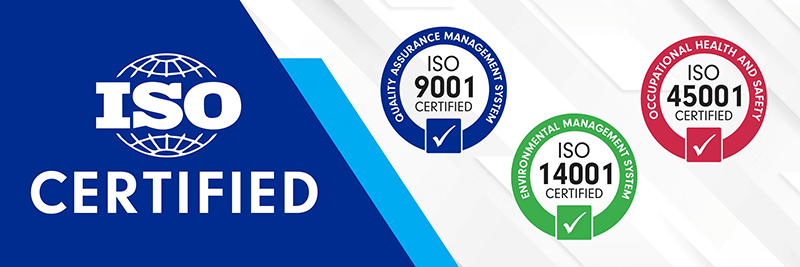In the semiconductor industry, wafer scanning equipment demands the utmost precision to detect even the tiniest defects on wafers. Granite machine bases have been widely adopted due to their numerous advantages, such as high stability and excellent vibration damping. However, like any material, they are not without their potential drawbacks.

Cost Considerations
One of the primary concerns with granite machine bases is the cost. Granite, especially high - quality granite suitable for precision applications, is an expensive material. The extraction, processing, and shaping of granite into a machine base that meets the stringent requirements of wafer scanning equipment involve significant costs. For companies with budget constraints, this high initial investment can be a deterrent. Although the long - term benefits in terms of equipment performance and durability may justify the expense, the upfront cost hurdle is still a factor that many organizations need to carefully weigh.
Weight and Mobility
Granite is a dense material, and this density results in a relatively heavy machine base. For wafer scanning equipment that may need to be moved or repositioned during installation, maintenance, or facility reconfigurations, the weight of the granite base can pose a challenge. Specialized lifting equipment and additional labor may be required to handle the heavy base, increasing the complexity and cost associated with any equipment - related movement. In some cases, the weight of the granite base may even limit the flexibility of where the wafer scanning equipment can be installed, as the floor or mounting surface must be able to support the substantial load.
Machining and Customization Difficulties
Another potential drawback lies in the machining and customization of granite. Since it is a natural material, working with granite to achieve highly specific shapes, intricate features, or tight tolerances can be difficult. The process of machining granite requires specialized tools, techniques, and experienced operators. This not only adds to the manufacturing cost but also can increase the lead time for producing customized granite machine bases for unique wafer scanning equipment designs. Additionally, compared to some engineered materials, granite may have limitations in terms of the degree to which it can be customized, which could be a problem for semiconductor manufacturers with very specific equipment requirements.
Availability and Sourcing
High - quality granite suitable for wafer scanning equipment may not be readily available in all regions. Sourcing the right type of granite with consistent quality characteristics can be a challenge. If a semiconductor manufacturing facility is located in an area far from granite quarries or reliable suppliers, transportation costs will further increase the overall cost of the granite machine base. Moreover, any disruptions in the supply chain, such as quarries facing production issues or transportation delays, can impact the timely delivery of granite for manufacturing machine bases, potentially causing delays in the production or maintenance of wafer scanning equipment.
Despite these potential drawbacks, it's important to note that the advantages of granite machine bases, like their dimensional stability and vibration - damping capabilities, often outweigh these concerns in many semiconductor manufacturing scenarios. However, understanding these potential downsides can help semiconductor manufacturers make more informed decisions when selecting materials for their wafer scanning equipment. When considering granite machine bases, partnering with a reliable supplier like ZHHIMG® can mitigate some of these issues. ZHHIMG® offers high - quality granite products with multiple certifications, ensuring both quality and, to some extent, more stable sourcing and cost - effectiveness through their efficient manufacturing processes.
Post time: Jun-03-2025

